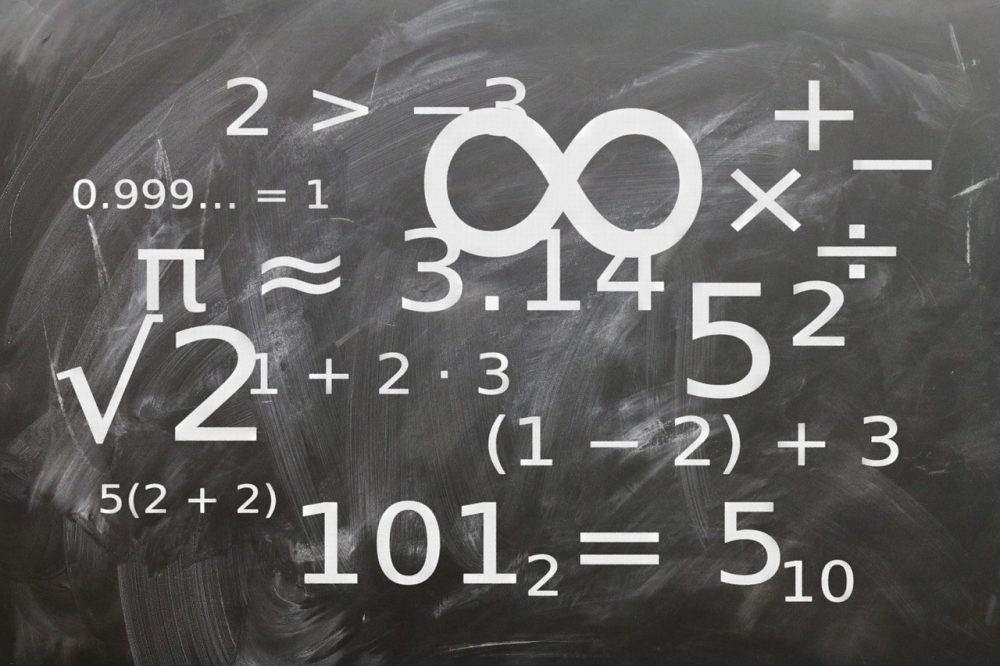A math puzzle has been puzzling even the smartest mathematicians in the world. The equation is called Diophantine equation and is also referred to as the summing of three cubes. It can be written as x3+y3+z3=k, with k being all the numbers from one to 100

Only integers are studied when an equation has two or more unknowns, such as in the Diophantine equation. The complexity of this question lies in the fact that you need to find integers that will work for all of the equations or put simply; numbers for x, y, and z that all equal k. Over the years, scientists have managed to solve for almost every integer that lies between 0 and 100 except for 33 and 42.
What follows is a video by Numberphile that explains why the Diophantine equation has managed to evade the mathematicians for so long.
Earlier this year, Andrew Booker of the University of Bristol dedicated weeks with a supercomputer for finally finding the solution to Diophantine equation for the number 33. However, the number 42 remained elusive. The number 42 is also a well-known number in pop culture. This led Andrew Booker to seek help from MIT math professor Andrew Sutherland. Sutherland took help of Charity Engine that relies on unused computing power from more than 500,000 home PCs to create a supercomputer that is environmentally conscious and crowdsourced. It took Charity Engine more than a million hours for computing the answer. However, the answer has been found.

X = -80538738812075974, Y = 80435758145817515, and Z = 12602123297335631.
Andrew Booker said in a press statement, ‘I feel relieved. In this game, it’s impossible to be sure that you’ll find something. It’s a bit like trying to predict earthquakes, in that we have only rough probabilities of going by. So, we might find what we’re looking for with a few months of searching, or it might be that the solution isn’t found for another century.’


